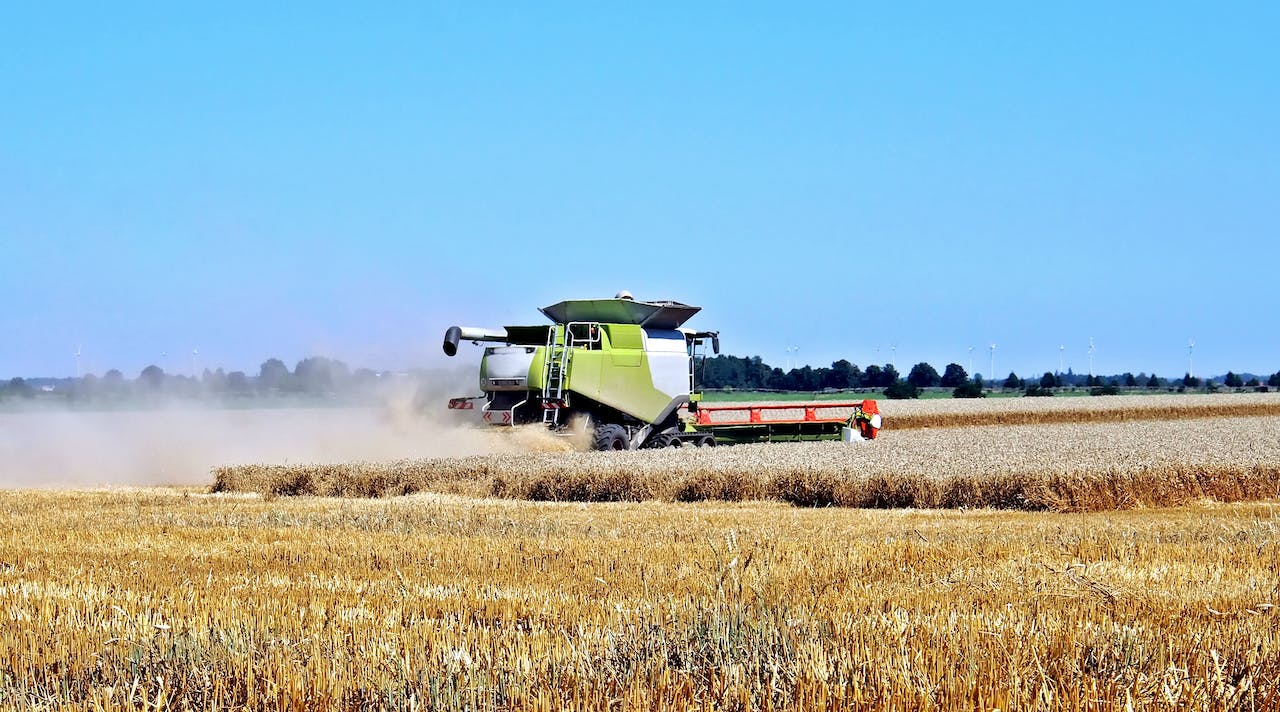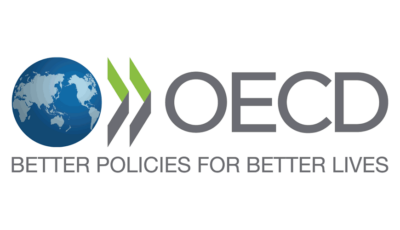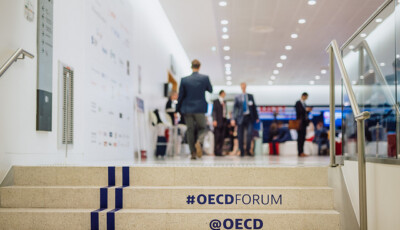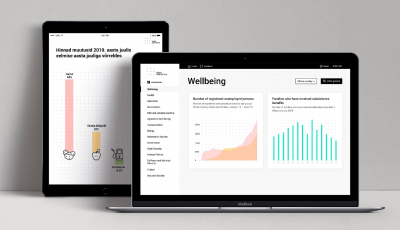Executive summary
The OECD Seed Schemes provide a voluntary harmonized framework for the certification of quality agricultural seed, an important input for agricultural production globally. Currently, 62 countries participate in the schemes, each having assigned a national designated authority (NDA) responsible for implementing the schemes in their country.
Currently, administering the Seed Schemes relies largely on complex manual business processes. For example, seed lots are verified between the NDAs via email. To digitalize the manual processes and safeguard against seed fraud, the Organisation decided to create a Seed Hub – a joint digital platform enabling NDAs to collaborate in new ways that are currently not possible (for instance, verifying the seed lots in real-time).
Helmes was tasked with building the Seed Hub, but as there was a lot of uncertainty about the envisioned system, we proposed first creating a prototype. As the system’s success depended on adoption by all NDAs, it was crucial to involve all stakeholders in the prototyping process to ensure the solution would meet their needs.
For this purpose, we held multiple ideation, scoping, and technical sessions with the NDAs. We regularly validated that we were on the right track by presenting our progress and gathering feedback. During the process, our analyst worked closely with our in-house design team in charge of designing the user experience while an architect conceptualized the technical solution.
We completed the pre-analysis, ideation, and prototyping in less than six months. The interactive prototype was designed in Figma and allows users to click through the user flow.
By collaborating closely with the stakeholders, we were able to design a prototype based on actual user needs, not on guesswork. Taking time for reflection and moving step by step helps avoid costly mistakes in the actual system development phase and the risk that users will not adopt the system.
Meet the customer: OECD Seed Schemes
Seeds are a key agricultural input, and international trade is a critical part of seed production, guaranteeing seed availability in seasonal climates and access to new varieties. As seed certification systems vary across countries, a harmonized international system is essential for facilitating international seed trade.
The OECD Seed Schemes provide an international framework for certifying varietal identity and purity of agricultural seed moving in international trade.
At present, 62 countries participate in the Seed Schemes. Each member country has nominated a National Designated Authority (NDA) to check that seeds crossing the borders conform to the OECD standards governing their production, purity, packaging, and labeling.
Challenge: Digitalizing slow and manual business processes
Currently, administering the Seed Schemes relies largely on manual business processes that are complex, resource-intensive, and limit the innovation potential.
The organization has identified the following key issues:
- Exchange and validation of information between NDAs are done via email, which is time-consuming and risks becoming a bottleneck should volumes increase.
- Seed fraud is a growing concern within the seed sector globally, resulting in the need to make the OECD certification label more fraud-safe by adding a digital element.
- Keeping variety information up-to-date and adding new varieties is too complex.
- Annual data reporting is labor-intensive.
In 2020, the OECD Seed Schemes commissioned a feasibility study on modernizing their work processes. One of the proposals put forth in the study was to create a joint Seed Hub – a digital platform for real-time information exchange between the NDAs.
Helmes has been a long-term development partner of the OECD, and at the end of 2021, the Organisation turned to us with the proposal to develop the Seed Hub.
There was a lot of uncertainty about the envisioned platform, so we considered it too risky to go straight into development. We proposed creating a prototype of the Hub first while mapping all business processes that needed digitalization.
For the Hub to create value, all stakeholders needed to adopt it. Therefore, involving the 62 NDAs in the prototyping process was crucial to ensure the solution met their needs and was easy to use.
The visual prototype would let stakeholders know how the system would look and provide feedback before the development started. After all, making changes in the planning and design process is much easier and less costly than in the development phase.
Solution: Prototype of the OECD Seed Hub
We set the goal of finalizing the prototype of the MVP of the Seed Hub in six months and completed the task in June 2023. The development phase started in September 2023.
The high-fidelity, interactive prototype was designed in Figma and allows users to click through the user flow.
Key features of the future Seed Hub:
- Real-time verification of seed lots
- Easy-to-use: a carefully designed customer journey and user experience
- Accessible from anywhere (in the office or on-site)
- Exchange of information with state information systems
- Possibility to integrate with other systems (such as the OECD List of Varieties and, in the future, other systems related to the Seed Scheme)
- Possibility of digital marking (for example, a QR code) on the seed label for increased security
- Possibility to add a tracking option and automated notifications (for instance, if the packages deviate from the intended route)
Once live, the Seed Hub will drastically reduce the time involved in (and hence the cost of) administering the Seed Schemes. The NDAs can fill in data about the seed lot being dispatched to another country directly in the Seed Hub. Upon receiving seeds, they can validate the certificate in the Seed Hub (or, in the future, directly in their national system integrated with the Hub) without exchanging any information by email.
Steps to the prototype: How to successfully collaborate with 60+ stakeholders
Throughout the project, we collaborated closely with the OECD Seed Schemes’ team and an Advisor from the Canadian Seed Growers’ Association. To gather input and validate the prototype with stakeholders, we took the following steps.
We started with a thorough analysis of the feasibility study commissioned in 2020.
Next, we conducted two online ideation sessions, asking the NDAs what the ideal solution would look like. Either group included 10 participants, allowing us to collect input from 20 countries. The participants received preliminary questions in advance, and we also sent a framing document with the same questions to NDAs not participating in the sessions.
We presented the initial proof-of-concept to the NDAs at a meeting in Paris.
We conducted two scoping sessions with the NDA where we analyzed in-depth the business requirements for the Hub.
In addition, we held detailed analysis meetings with a six-member core group of select NDAs covering all major regions and processing large volumes of seeds.
We held two technical sessions with the NDAs and separate meetings with the OECD IT department to discuss technical requirements and integration with other systems.
We prioritized the mapped functionalities into three groups:
- must-have functionalities to be completed in the MVP phase so that NDAs could start using the Hub;
- should-have functionalities that are not important in the MVP phase (but are dependent on the work completed in the MVP phase);
- could-have functionalities for later development phases.
We presented the final prototype to the NDAs and got the green light to go into development.
Team and collaboration
The team in Helmes included an analyst, members of our in-house design team, and an architect. The analyst gathered all the input and forwarded it to the design team responsible for designing the user experience. At the same time, the architect conceptualized how the system would fit into the existing OECD system.
On the client side, we worked closely with the OECD Seed Schemes’ team and an external advisor who provided overall project guidance. NDAs also contributed their insights and feedback.
We succeeded in bringing a large number of stakeholders on board because we:
- actively invited all NDAs to participate and explained how it leads to the best solution;
- carefully prepared meetings and provided a clear structure for every meeting;
- sent materials and questions to participants ahead of sessions;
- gave everyone the possibility to contribute and made them feel their opinions matter.
By collaborating closely with the NDAs in the prototyping phase, we could design a prototype based on actual user needs, not on guesswork. (For instance, we postponed to later stages certain functionalities that the stakeholders were not ready to adopt yet.)
Without taking time for reflection and regularly validating with the NDAs that we are on the right track, we might have plunged head first into the development stage with great risk that the system would not have met the needs of NDAs and would not have been adopted by them.
Work with Helmes
Our mission at Helmes is to delve deep into our client’s business and deliver the very best solution to their needs. Moving step by step from a proof-of-concept to the final product helps us avoid costly mistakes in the development process and design the best user experience in collaboration with users.
During the past 30 years, Helmes has been an innovation partner for hundreds of companies and organizations. If you’d like to know more about our software development services, contact us to discuss your project needs and experience our outstanding service quality firsthand.
Get in touch






